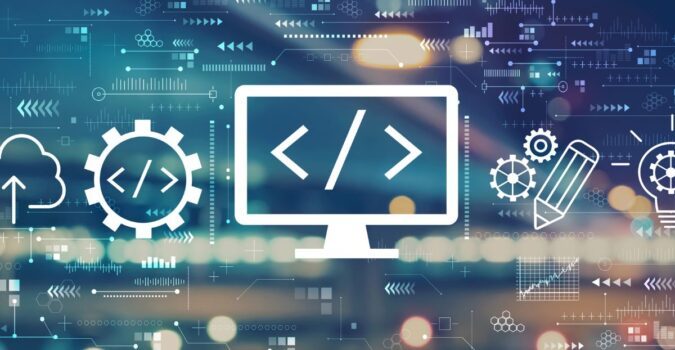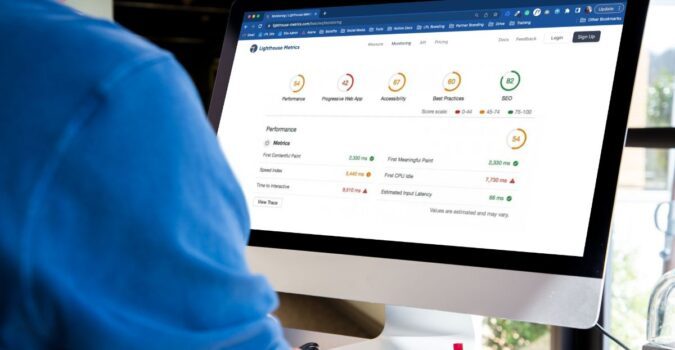2020 Has Brought These 6 Changes to the Customer Experience
By: The LaunchPad Lab Team / December 21, 2020
When you think of a good customer experience that you’ve had, what comes to mind first? Is it the customer service that you received? Is it how simple they made purchasing? Or maybe it’s the product itself? Whatever it is that makes the customer experience of a brand stand out, expect even more in 2021.
Customer experience trends have evolved dramatically over the past year and if you’re a business providing services, solutions or products to consumers, it’ll benefit you to keep the below items in mind as you craft your customer’s buying journey.
1. Hyper-Personalization
According to Gartner, 38% of companies risk losing customers due to poor personalization in their marketing efforts such as this mistake. Consumers expect a hyper-personalized digital experience based on their past interactions with your brand that go beyond just knowing their name. Personalization comes in all shapes and sizes, but some examples include suggesting products, articles or content based on their past interactions with your brand.
Personalization isn’t possible without a database-backed website, also known as a dynamic website. These websites require some sort of an authentication layer that collects user data, which can then be used to recommend and display different content depending on the user’s past activity and further customize their experience on your website or mobile app. Static websites, on the other hand, don’t have the ability to change the content that is displayed per viewer. A large influx of projects that LaunchPad has been working on includes businesses looking to improve their customer’s digital experience through integration of their CRM, database, or internal/external applications with their customer-facing products.
2. Self-Service Capabilities
The availability of chat bots, self-serviced onboarding and on-demand learning tutorials are empowering customers to take control of their experience. This movement has been further amplified by the digital transformation that so many companies are going through, so we’ve been seeing most of these self-service tools as a digital feature.
Self-service capabilities allow customers to purchase and onboard themselves to a new product or software when convenient for them, all without waiting to reach a customer service or sales rep. The era of self-service content continues to drive demand for properly constructed marketing websites, customer portals and resource centers to access the data they want at any given time.
One of LaunchPad’s recent projects provides a great example of a company that pivoted from paper, in-person experiences to a self-service / virtual class type of experience for change management certifications all within a few months.
3. Online Buying
eCommerce and increased online buying has pushed many businesses, not just retail companies, to invest more in their online conversion funnel. Banks and credit unions are making it really easy for customers to apply for mortgages without ever talking to a human, healthcare providers are creating seamless booking experiences so that customers can book appointments digitally (and even attend their appointments remotely via telehealth apps), and attraction-based businesses like zoos are finding that most customers would rather buy their tickets online than interact with a human onsite and risk exposure to Covid.
eCommerce metrics like Conversion Rate Optimization and Average Order Value should now be top of mind for every business owner as their revenues shift toward the digital channel.
4. Omnichannel Approaches
Companies are focusing more than ever on creating a seamless integration between channels, so customers will have a similar buying experience regardless where they’re interacting with your brand.
Again, this comes back to using a dynamic website and having the capability to integrate those personal details across all mobile apps, web apps, desktop sites and even brick & mortar locations to guarantee the same experience for the customer.
A good example of this is Starbucks. If you’re a frequent Starbucks visitor, you’ve probably used their mobile app to either place an order ahead of time or make a purchase with the “Starbucks card” that you load money onto. This data uploads purchase information, card balances and points directly to all of their channels in real-time, providing the customer with the most-updated information anytime they want it.
5. Transparency & Control
Customers expect to have full transparency as they interact with your company. While this can mean different things depending on your business model, it all boils down to being honest with your customer during their buying journey.
From an eCommerce perspective, this might mean showing prices, estimated shipping and options upfront. For B2B companies, this could be open and proactive communication to really understand what the customer needs throughout the discovery process to build trust.
A big piece of the increased demand for transparency also relates back to the idea of self-service capabilities, because consumers want control over their buying experience and transparency gives them options and the ability to plan.
6. Mobile Experiences
Over 75 percent of customers in the age range of 35-44 seek support through a mobile device more than once a month. This means that your website has to be well-optimized for mobile customer experiences. If not, you risk frustrated customers and ultimately could increase churn.
Some of the most common frustrations on mobile sites noted by customers are:
- Difficulty navigating the site
- Inaccurate or unhelpful search results
- Slow load time
- Website unresponsive/unsearchable
As mobile-optimization continues to increase in priority, it’s likely that companies will further invest in creating mobile applications to build more personalization into their customer experience, as mobile apps offer the ability to save preferences and provide ultra-personalized marketing.
Trends or New Expectations?
It’s clear that a lot has changed throughout 2020 and the changes don’t appear to be slowing down, which brings the question – are these trends or simply new customer expectations?
In a way, it could be both. These trends are shaping what the customer experience will look like next year, as well as software development, marketing and sales processes. What trends or changes to the customer experience do you anticipate seeing in 2021?
Ready to Build Something Great?
Partner with us to develop technology to grow your business.



